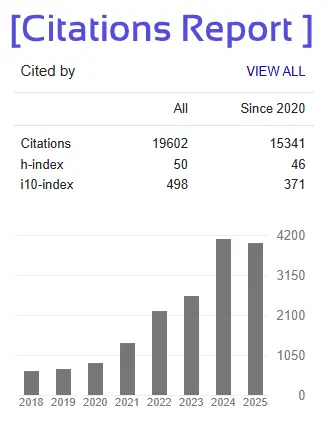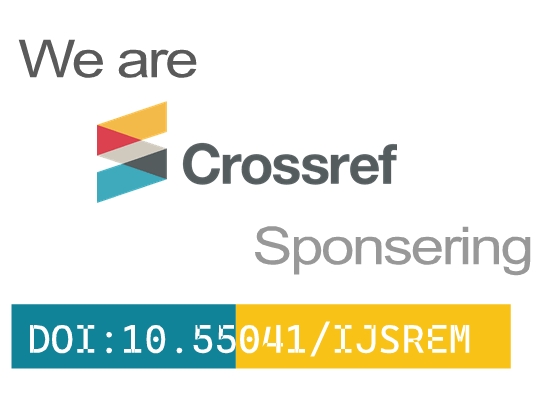Exploring the Influence of Genetic Variation in the HTR2A Gene on the Pharmacodynamic Response to Antipsychotic Medications
Saanvi Kondapelli
1. Introduction
The aim of this extended essay is to investigate the effect of variation in the serotonin receptor gene HTR2A in response to antipsychotic drugs.
1.1- G-Protein Coupled Receptors:
G-protein coupled receptors (GPCRs) represent the largest family of transmembrane receptors on cell surfaces and are responsible for cell communication signal transduction. GPCRs are characterized by the presence of seven transmembrane alpha-helices crossing the plasma membrane.[1] G-protein coupled receptors bind to an array of extracellular ligands such as peptides, lipids, and proteins to induce signals across the membrane into the cell.[2] When the extracellular signal binds to and stimulates a GPCR, the associated G-protein heterotrimer will undergo a conformational change that will lead to an exchange of guanosine diphosphate by a guanosine triphosphate on the Gα subunit, such that the Gα subunit dissociates off the Gβγ dimer. Afterward, both the Gα subunit and the Gβγ dimer can bind different effector proteins—such as adenylate cyclase or phospholipase C—to generate second messengers, like cAMP or IP3, spreading the signal inside the cell and giving rise to a physiological response[3]. One such G-protein-coupled receptor is the 5-HT2A serotonin receptor, encoded by the HTR2A gene. This receptor is expressed mainly in the central nervous system. The 5-HT2A receptor is one of many GPCRs that signal in response to the extracellular neurotransmitter serotonin (5-hydroxytryptamine) and is implicated in regulating a wide array of physiological processes and behaviors. Upon the binding of serotonin to the 5-HT2A receptor, a conformational change on the receptor will proceed to activate the associated G-protein, typically the Gαq/11 subunit. This leads to the activation of phospholipase C (PLC), which converts membrane-bound phospholipid phosphatidylinositol 4,5-bisphosphate (PIP2) into the second messenger's diacylglycerol and inositol-1,4,5-triphosphate.[4]







